
Very often people ask me whether aerial photography from fixed wing planes is still economical in these times with drones.
The answer is a simple but convinced yes! Of course, the market for aerial photography has changed drastically the last decade because of drones. Especially above the land drones for aerial photography have become the standard. However, strict rules have been made for drone flying, with restrictions in altitude, distance and airspace. Therefore, the use of helicopters or airplanes is still necessary.
A drone pilot may fly his drone up to 400ft above ground in line of sight. For a nice overview of a city or a large company estate a higher altitude is better. There are also restrictions in operating a drone in harbour areas, near airports or in military areas. In a large part of the Dutch North Sea area drone flying is only legally possible for an AOC operator with large drones equipped with transponder and with two-way radio communications with Air Traffic Control, all after written permission.
Our photo flights with fixed wing aircraft are executed under the rules of EASA Part/SPO, but we are far more flexible in executing flights over the North Sea, over land in restricted airspace, or in military airspace. In most cases this can be arranged within one day. Also, from photographic perspective using an aircraft as working platform has the advantage of the ability that photographer is directly behind the camera and more able to see the right angle and to see the light changing.
Another disadvantage of the use of a drone is restrictions in distances to fly, partly because of power capacity and partly because of regulations about line of sight. Furthermore, the weather, especially wind and turbulence, can be a problem for flying a drone, while we can fly out for photography up till Beaufort 10.
To illustrate the great advantage of fixed wing aircraft as platform for aerial photography a few examples. For the books and calendar about the Dutch wetlands we published we have been waiting for a few years to have the isles covered with snow. One of the last winters we finally got snow, and it even stayed a little while. Within 3 hours we could fly and photograph the whole area, impossible to be done by one drone crew.
We also have to photograph the building stages of Offshore Wind Energy Projects regularly. In less than hour we can photograph all works in the whole project with a 10 Nm radius. With a boat with drone crew it would have been much more expensive and take more preparation and time for the final work.
We have a lot of occasions yearly where we have multiple targets to photograph on the North Sea. With a long-range fixed wing aircraft we can fly to Dover Strait for the first target, then to Den Helder to intercept a passing vessel, to end the flight with a photoshoot near Helgoland.
The use of drones can give advantages, especially with filming and for close ups. But I am convinced that aircraft will stay a good working platform for maritime aerial photography over the North Sea.











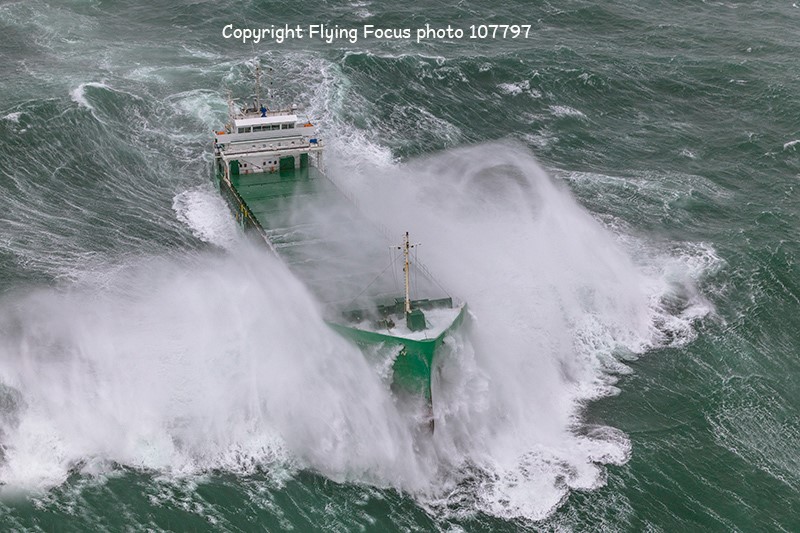



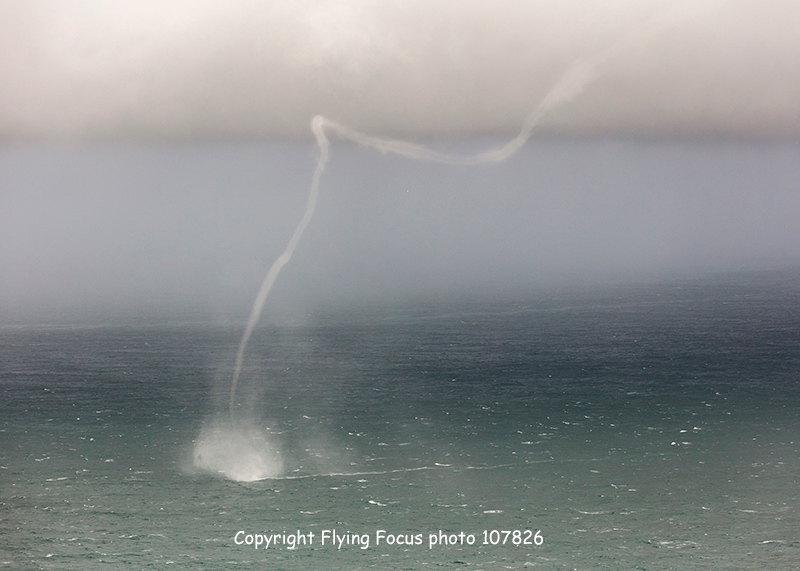

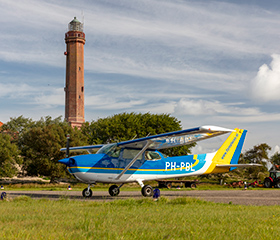





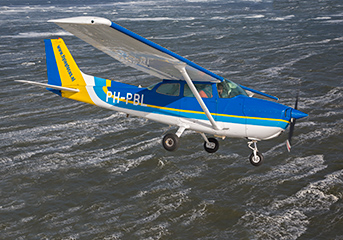

 In 2003 we had a photoflight above the shallow waters of the Stortemelk entrance near Vlieland with Beaufort 8 from the northwest to photograph beamtrawlers between the high and breaking seas. Sitting in the open photo window I could even hear the waves breaking. After the flight I told this to the pilot and we started a conversation about our chances in case of engine failure. We concluded our chances would have been very slim, because of the high seas. What kind of aircraft would be better for this job? We promised to start searching for an alternative type of aircraft.
In 2003 we had a photoflight above the shallow waters of the Stortemelk entrance near Vlieland with Beaufort 8 from the northwest to photograph beamtrawlers between the high and breaking seas. Sitting in the open photo window I could even hear the waves breaking. After the flight I told this to the pilot and we started a conversation about our chances in case of engine failure. We concluded our chances would have been very slim, because of the high seas. What kind of aircraft would be better for this job? We promised to start searching for an alternative type of aircraft.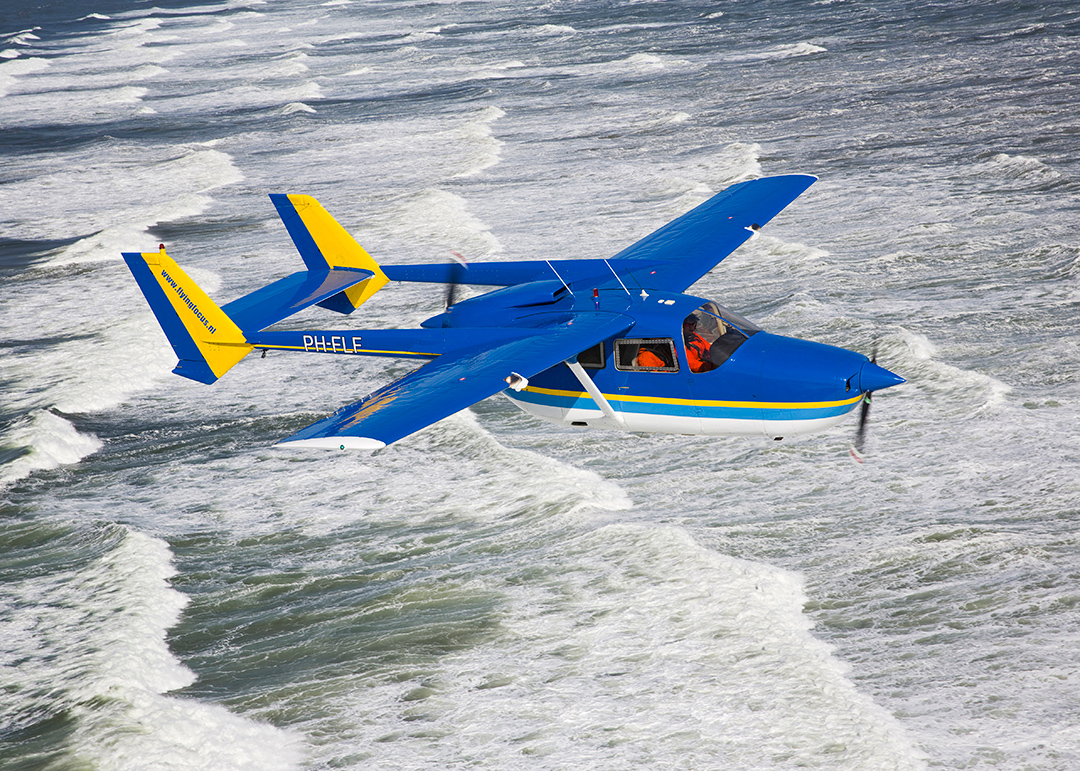 In the past I had seen a Cessna Skymaster operating from Texel airport for some time and talked to the very enthoustastic pilot/owner. This Cessna design from the sixties was unique with two engines in centre-line thrust, one in front and one behind the cabin between two tailbooms. In case of an engine failure there is no imbalance with this design and the flight can be continued easily on the good running engine that remains. In time we got more and more excited about the characteristics and performance: 140 knots cruising speed, good slow behaviour, 6 hours endurance and no engines in the way for the photographer.
In the past I had seen a Cessna Skymaster operating from Texel airport for some time and talked to the very enthoustastic pilot/owner. This Cessna design from the sixties was unique with two engines in centre-line thrust, one in front and one behind the cabin between two tailbooms. In case of an engine failure there is no imbalance with this design and the flight can be continued easily on the good running engine that remains. In time we got more and more excited about the characteristics and performance: 140 knots cruising speed, good slow behaviour, 6 hours endurance and no engines in the way for the photographer.



Recent Comments